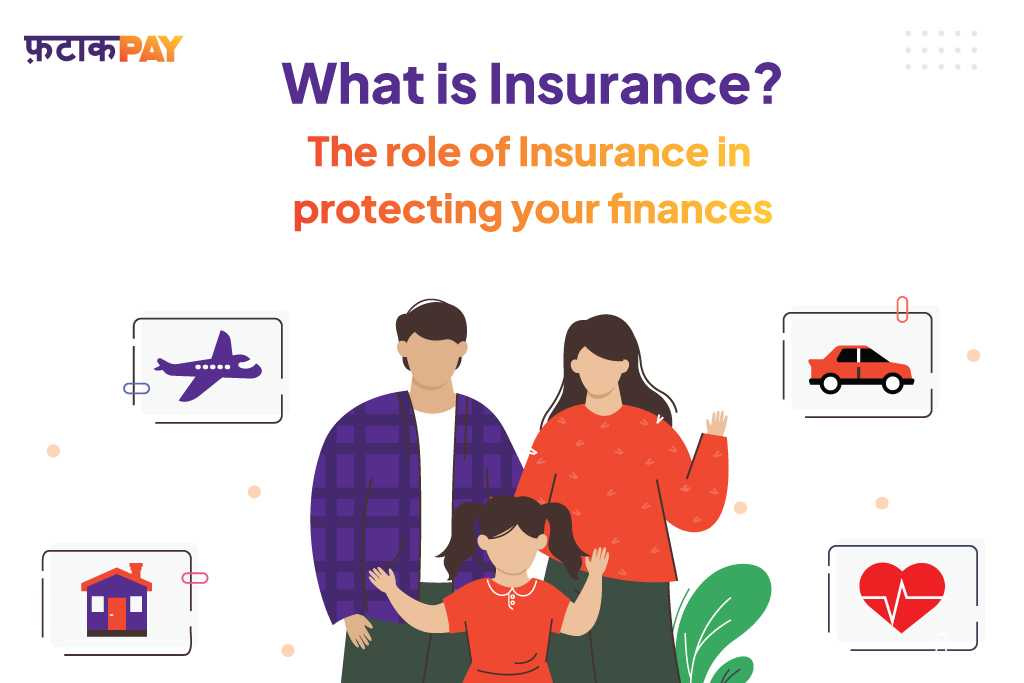Some Of Pacific Prime
Some Of Pacific Prime
Blog Article
How Pacific Prime can Save You Time, Stress, and Money.
Table of ContentsThe Best Strategy To Use For Pacific PrimeWhat Does Pacific Prime Mean?7 Simple Techniques For Pacific PrimeWhat Does Pacific Prime Mean?The Single Strategy To Use For Pacific Prime

This is due to the fact that the information were accumulated for a period of strong financial performance. Of the estimated 42 million people who were uninsured, almost about 420,000 (concerning 1 percent) were under 65 years of age, the age at which most Americans come to be eligible for Medicare; 32 million were adults between ages 18 and 65, around 19 percent of all grownups in this age; and 10 million were kids under 18 years old, concerning 13.9 percent of all children (Mills, 2000).
These price quotes of the variety of persons uninsured are produced from the yearly March Supplement to the Existing Population Survey (CPS), carried out by the Demographics Bureau. Unless otherwise noted, national quotes of individuals without medical insurance and proportions of the population with various sort of protection are based on the CPS, the most commonly made use of resource of price quotes of insurance policy coverage and uninsurance rates.
How Pacific Prime can Save You Time, Stress, and Money.

Still, the CPS is specifically helpful because it generates yearly estimates reasonably quickly, reporting the previous year's insurance coverage approximates each September, and since it is the basis for a regular collection of price quotes for greater than two decades, enabling analysis of trends in coverage gradually. For these factors, as well as the comprehensive use of the CPS in various other researches of insurance policy coverage that exist in this record, we count on CPS quotes, with limitations kept in mind.

The price quote of the variety of uninsured individuals broadens when a population's insurance coverage condition is tracked for a number of years. Over a three-year period beginning early in 1993, 72 million people, 29 percent of the united state population, were without insurance coverage for at the very least one month. Within a single year (1994 ), 53 million people experienced at the very least a month without insurance coverage (Bennefield, 1998a)
6 out of every ten without insurance grownups are themselves used. Although working does improve the chance that a person and one's relative will certainly have insurance coverage, it is not a guarantee. Even participants of households with 2 full time wage income earners have nearly a one-in-ten chance of being without insurance (9.1 percent without insurance rate) (Hoffman and Pohl, 2000).
3 Easy Facts About Pacific Prime Described
New immigrants represent a substantial percentage of individuals without health and wellness insurance policy. One evaluation has associated a substantial portion of the recent development in the size of the U.S. without insurance populace to immigrants that showed up in the nation in between 1994 and 1998 (Camarota and Edwards, 2000). Current immigrants (those who involved the United States within the previous 4 years) do have a high rate of being without insurance (46 percent), but they and their youngsters account for simply 6 percent of those without insurance policy nationally (Holahan et my site al., 2001).
The partnership in between medical insurance and access to care is well established, as documented later in this chapter. The connection between health insurance coverage and health and wellness results is neither direct neither straightforward, an extensive clinical and health solutions research study literature links health insurance protection to enhanced accessibility to care, better quality, and boosted personal and populace health status.
Degrees of analysis for taking a look at the impacts of uninsurance. It focuses particularly on those without any health and wellness insurance for any type of length of time.
Get This Report on Pacific Prime
The troubles encountered by the underinsured are in some aspects similar to those faced by the without insurance, although they are normally less severe. Wellness insurance policy, nevertheless, is neither required nor sufficient to obtain access to medical services. The independent and straight effect of health insurance policy protection on accessibility to wellness solutions is well established.
Others will certainly obtain the healthcare they require also without health insurance policy, by spending for it expense or seeking it from suppliers who supply care totally free or at very subsidized prices. For still others, health and wellness insurance alone does not make sure receipt of treatment as a result of various other nonfinancial barriers, such as an absence of health treatment service providers in their community, minimal access to transport, illiteracy, or linguistic and cultural distinctions.
More About Pacific Prime
Official research study concerning without insurance populations in the United States dates to the late 1920s and early 1930s when the Board on the Cost of Medical Care created a collection of records concerning financing medical professional workplace sees and hospital stays. This issue became prominent as the numbers of medically indigent climbed during the Great Anxiety.
Report this page